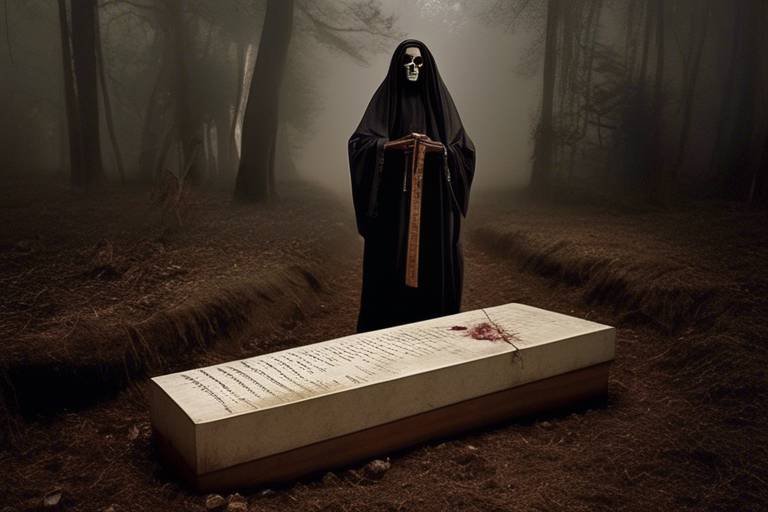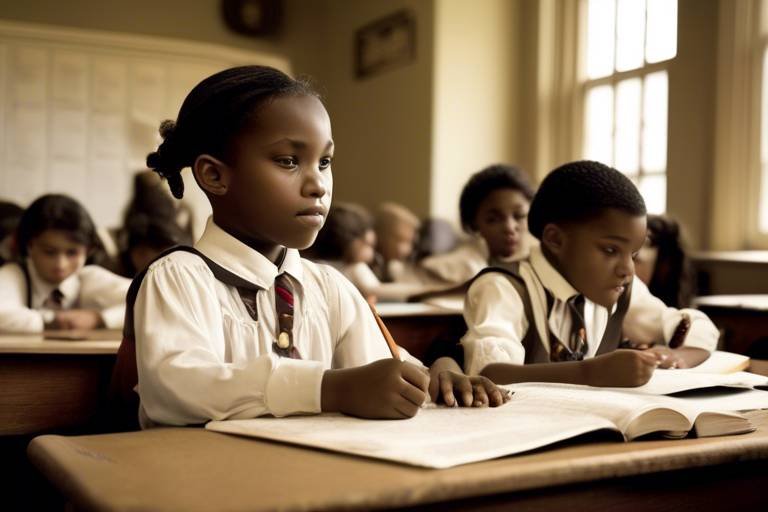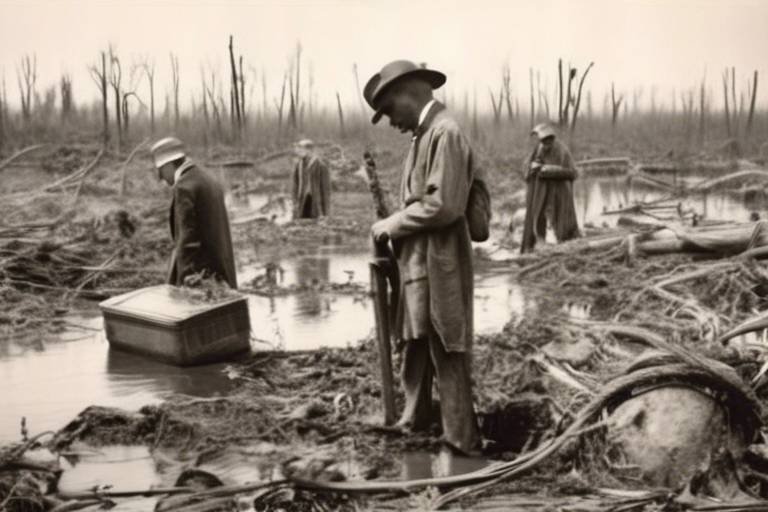The Beliefs Surrounding Death and Burial Practices
Death and burial practices have long been intertwined with cultural beliefs and religious traditions, shaping the way societies perceive and honor the deceased. Across various cultures, death is not just the end of life but a transition to another realm, marked by rituals and customs that pay homage to the departed.
Exploring the diverse cultural perspectives on death reveals a tapestry of beliefs and practices that reflect the values and traditions of different societies. From elaborate funeral processions to simple ceremonies, each culture has its unique way of commemorating the departed and comforting the living.
Religious views further influence how death is perceived, with beliefs in afterlife, reincarnation, and spiritual realms shaping funeral rites and burial practices. Christianity, Islam, Buddhism, and other faith traditions offer insights into the mysteries of what lies beyond the veil of mortality.
Christian burial practices emphasize the sanctity of life and the hope of resurrection, guiding funeral ceremonies and burial traditions. Islamic funeral customs focus on purity and simplicity, with rituals like washing the body and reciting prayers playing a central role in honoring the deceased.
Buddhist teachings on impermanence and karma provide a philosophical framework for understanding death, leading to practices that emphasize compassion, mindfulness, and letting go. Buddhist funeral rites reflect a deep respect for the cycle of life and the interconnectedness of all beings.
Traditional burial practices rooted in ancient customs reveal the continuity of cultural heritage through generations. From mummification to elaborate tombs, these rituals showcase the enduring bond between the living and the dead, preserving memories and traditions for future generations.
Modern trends in burial reflect changing attitudes towards death and environmental concerns, leading to innovations like eco-friendly burials and virtual memorials. The green burial movement, in particular, promotes sustainable practices that honor the Earth and minimize the ecological footprint of traditional burial methods.
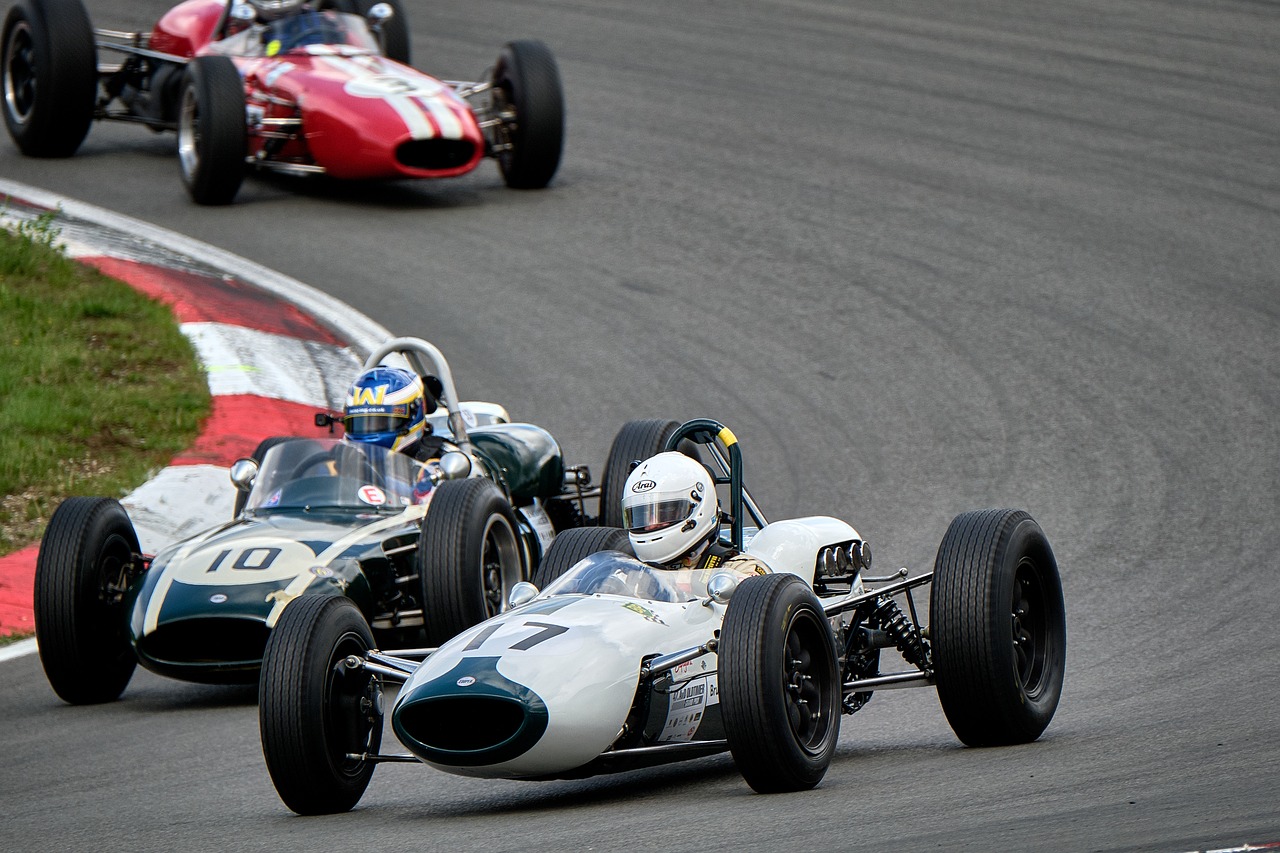
Cultural Perspectives on Death
When it comes to cultural perspectives on death, various societies around the world have unique ways of viewing and honoring the end of life. Death is often seen as a natural part of the human experience, and different cultures have developed customs and traditions to commemorate the deceased and provide comfort to the living. These rituals hold deep significance in societies, reflecting values, beliefs, and attitudes towards mortality.
In many cultures, death is not considered the end but rather a transition to another realm or existence. The rituals associated with death often serve as a way to guide the departed soul to the afterlife or to ensure their peaceful journey. These practices can vary widely, from elaborate ceremonies to simple gestures, but they all share a common goal of honoring the deceased and offering solace to the bereaved.
For example, in some cultures, death is celebrated as a liberation of the soul, a joyful passage to a new beginning rather than a somber ending. These celebrations may involve music, dance, feasting, and storytelling to commemorate the life of the departed and keep their memory alive. Such cultural practices not only provide comfort to the grieving but also strengthen community bonds and affirm shared values.
Through exploring cultural perspectives on death, we gain insight into the diversity of human experiences and beliefs surrounding mortality. Each culture's approach to death reflects its unique history, traditions, and worldview, offering a rich tapestry of rituals and practices that shape how we understand and cope with the inevitable end of life.
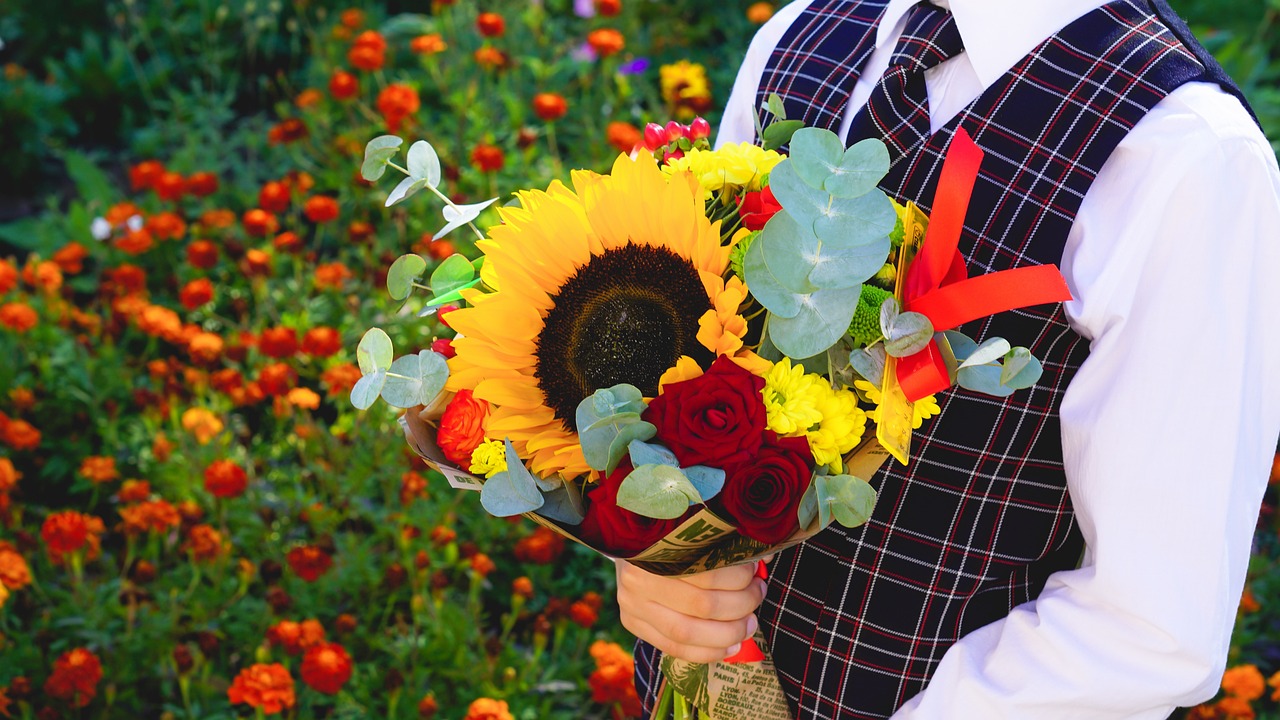
Religious Views on the Afterlife
Religious views on the afterlife vary widely across different faith traditions, offering unique perspectives on what happens to individuals after death. These beliefs often shape cultural practices surrounding death and influence how societies commemorate their deceased loved ones. From concepts of heaven and hell to ideas of reincarnation and spiritual realms, religions provide diverse interpretations of the journey beyond life.
In Christianity, the afterlife holds significant importance, with beliefs in heaven as a place of eternal joy and communion with God, and hell as a realm of punishment and separation from divine presence. The concept of judgment and salvation plays a central role in Christian teachings about the afterlife, influencing funeral rites and burial practices that reflect hope for resurrection and eternal life.
Islamic beliefs about the afterlife center around the Day of Judgment, where individuals are held accountable for their deeds in life. Muslims anticipate a physical resurrection and a final reckoning before God, leading to either paradise or hell. Islamic funeral customs, including washing the deceased, shrouding the body, performing funeral prayers, and burying the deceased as soon as possible, reflect the importance of preparing for the afterlife according to religious teachings.
Buddhism offers a unique perspective on the afterlife, emphasizing the cycle of birth, death, and rebirth based on karma and the impermanence of existence. Buddhists view death as a natural part of life's continual flow, with the potential for enlightenment and liberation from the cycle of suffering. Funeral rites in Buddhism focus on honoring the deceased, practicing mindfulness, and creating positive karma for the departed soul's journey in the afterlife.

Christian Burial Practices
Christian burial practices hold deep significance in the faith, reflecting beliefs about life, death, and the afterlife. The Christian perspective on death is often seen as a transition to eternal life, with burial rituals symbolizing the hope of resurrection and reunion with God. Funeral rites in Christianity typically involve a service or Mass to commemorate the deceased and offer prayers for their soul. Cremation is accepted in many Christian denominations, although traditional burial remains common, emphasizing the belief in the resurrection of the body.
In Christian traditions, the funeral service serves as a time of remembrance and celebration of the deceased's life, while also providing comfort and support to the grieving family and friends. The focus is on honoring the person's memory and offering prayers for their soul's journey to the afterlife. Christian burial practices often include the use of symbols such as the cross, representing Christ's victory over death, and the use of holy water and incense to bless and purify the body.
Christian funerals typically involve a procession to the gravesite, where the deceased is laid to rest in consecrated ground. The act of burial is seen as a sacred duty, reflecting the belief in the resurrection and the eventual reunion of body and soul. The gravesite serves as a place of remembrance and a symbol of hope for the Christian community, who often visit and pray for the deceased at the gravesite.
Christian burial customs vary among different denominations, with some emphasizing simplicity and humility in burial practices, while others incorporate more elaborate rituals and ceremonies. The overarching theme, however, remains the same – to honor the deceased, comfort the living, and affirm the belief in the promise of eternal life through faith in Christ.
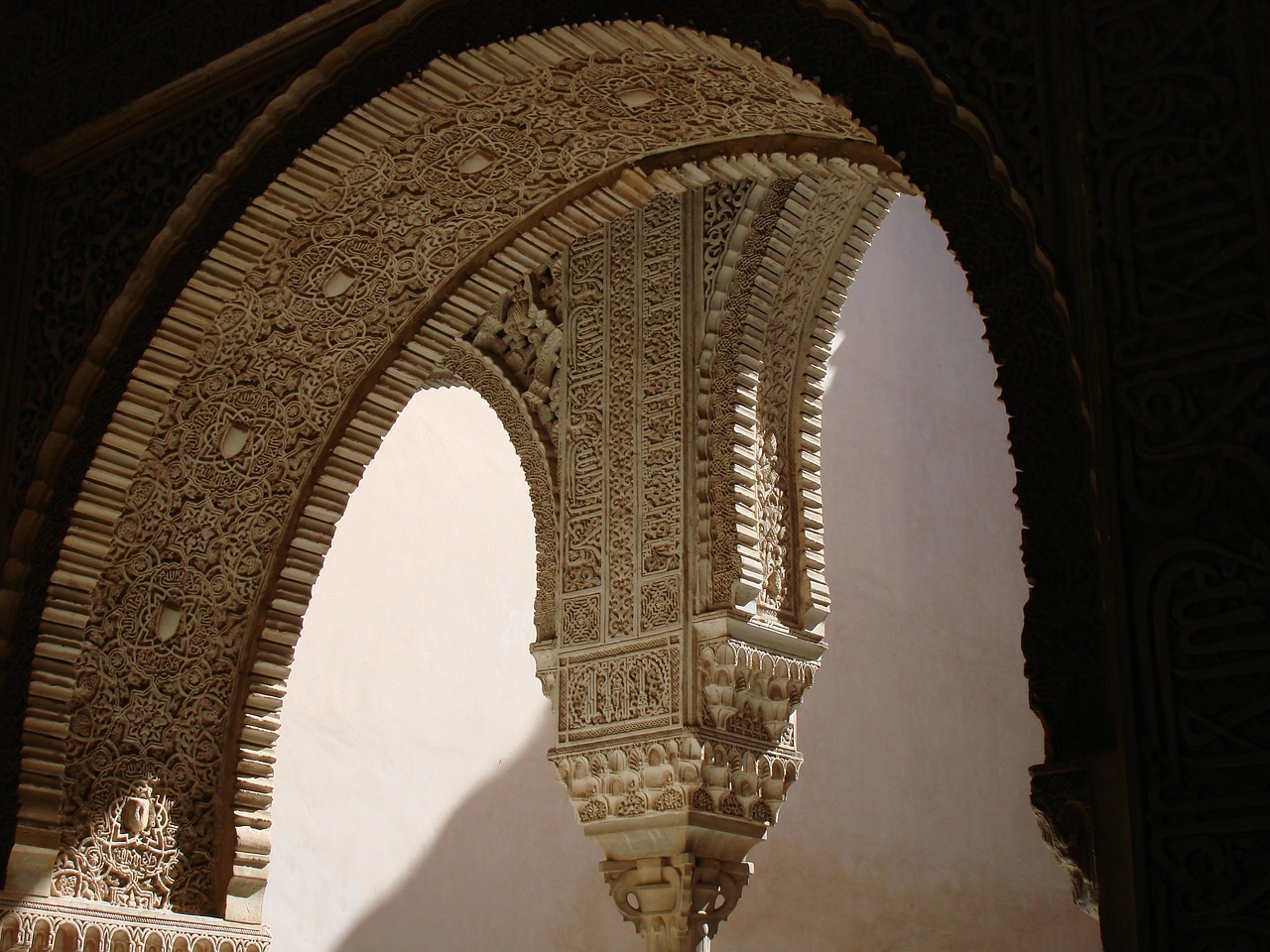
Islamic Funeral Customs
Islamic funeral customs hold deep significance in Muslim communities, guiding the process of honoring the deceased with respect and adherence to religious teachings. The rituals begin with the immediate washing and shrouding of the deceased's body by family members or designated individuals. This purification process, known as Ghusl, symbolizes the cleansing of the soul before entering the afterlife.
Following the washing, the deceased is wrapped in a simple white shroud, representing purity and equality in death. The Janazah prayer is then performed, where mourners gather to seek forgiveness for the departed and pray for their peaceful journey into the afterlife. This communal prayer underscores the unity and support within the Muslim community during times of loss.
After the Janazah prayer, the deceased is carried to the burial site, typically a cemetery, in a solemn procession. The body is laid to rest in a grave positioned perpendicular to Mecca, reflecting the deceased's alignment with the holiest site in Islam. The grave is then filled with soil by family members and friends, symbolizing the return of the deceased to the earth.
Islamic funeral customs emphasize the transient nature of life and the belief in the eternal soul, encouraging reflection on mortality and the importance of leading a righteous life. These practices not only provide comfort to the bereaved but also serve as a reminder of the temporary nature of worldly existence and the ultimate journey towards the afterlife.

Buddhist Views on Death
When it comes to Buddhist views on death, the belief in impermanence plays a central role. Buddhists view death as a natural part of the cycle of life, where individuals are subject to the law of karma, which determines their future rebirth. The concept of rebirth, or reincarnation, is fundamental in Buddhism, as it suggests that the soul continues its journey through various existences based on past actions.
In Buddhist funeral rites, there is a focus on honoring the deceased and helping them transition to their next life. Cremation is a common practice among Buddhists, as it symbolizes the impermanence of life and the transformation of the physical body into ashes. Funeral ceremonies often include chanting of sutras, offering of incense, and prayers for the deceased to find peace in their new existence.
Buddhists also emphasize the importance of karma in determining the quality of one's rebirth. By living a virtuous life and cultivating positive qualities such as compassion and wisdom, individuals aim to create favorable conditions for their future rebirths. The belief in the interconnectedness of all beings underscores the Buddhist approach to death, as it encourages practitioners to reflect on the transient nature of life and the inevitability of death.
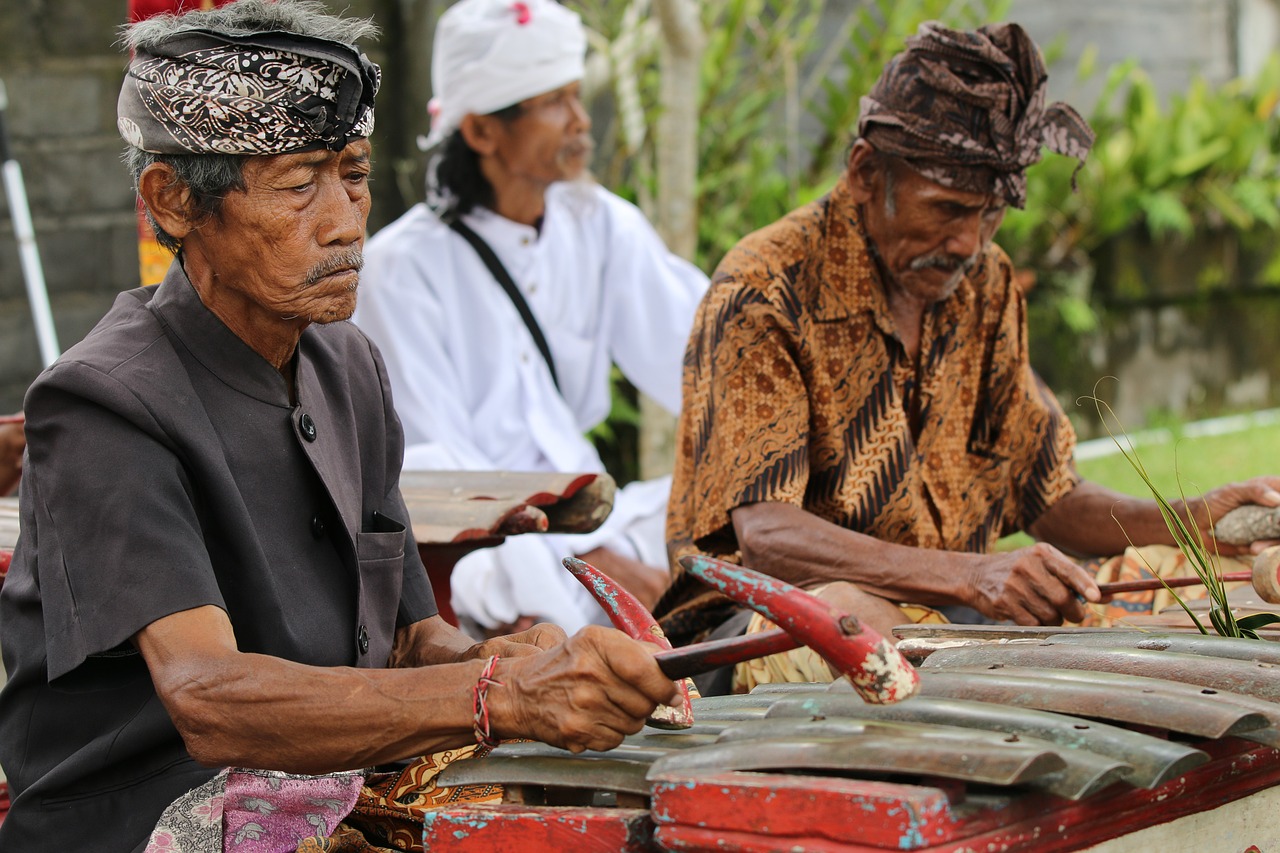
Traditional Burial Practices
Traditional burial practices hold a deep significance in many cultures around the world, reflecting the values and beliefs of a community. These practices have been passed down through generations, preserving the cultural heritage and honoring the deceased in a unique way. In traditional societies, the rituals surrounding death and burial are often elaborate and meaningful, symbolizing the transition from the physical world to the spiritual realm. The customs vary widely, from elaborate funeral processions to intricate burial ceremonies that involve the entire community.
One common aspect of traditional burial practices is the belief in the afterlife and the importance of ensuring a peaceful journey for the departed soul. Many cultures perform specific rites and rituals to guide the soul to its final destination, whether it be heaven, the underworld, or a realm of ancestors. These practices often involve prayers, offerings, and ceremonies that are believed to ease the transition and ensure the well-being of the deceased in the afterlife.
In some traditional societies, burial sites are considered sacred and are meticulously maintained by the community. These burial grounds serve as a connection between the living and the dead, providing a space for remembrance and honoring the ancestors. The rituals performed at these sites are a way to show respect for the deceased and to keep their memory alive for future generations.
Traditional burial practices also reflect the cultural values and social structures of a society. The way in which the deceased is laid to rest, the type of grave markers used, and the customs surrounding mourning all carry symbolic meaning that is deeply rooted in tradition. These practices serve as a way to not only honor the individual who has passed away but also to reinforce the bonds of community and shared history.
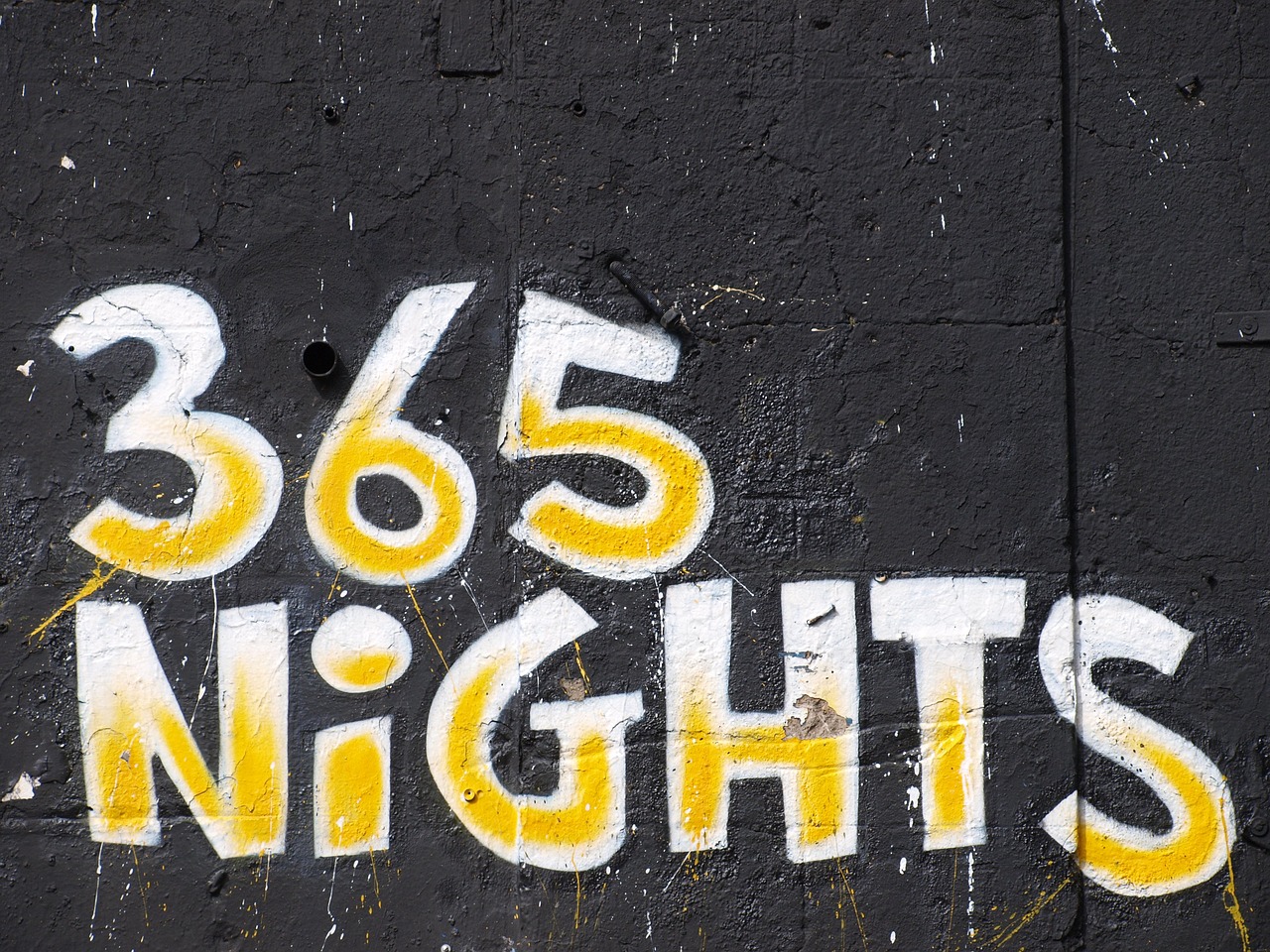
Modern Trends in Burial
Modern Trends in Burial have seen a significant shift in recent years, reflecting changing attitudes towards death and honoring the deceased. One prominent trend is the rise of eco-friendly burials, which prioritize sustainability and environmental consciousness. These green burials involve natural decomposition processes, such as biodegradable caskets or shrouds, to minimize the ecological impact of traditional burial methods.
Another modern approach to burial is the increasing popularity of cremation options. Cremation provides families with flexibility in choosing how to handle their loved one's remains, whether through scattering ashes in meaningful locations or keeping them in memorial urns at home. This trend reflects a more personalized and customizable way of commemorating the deceased.
Furthermore, the advent of technology has led to the emergence of virtual memorials as a modern trend in burial practices. These online platforms allow individuals to create digital spaces to honor and remember their loved ones, sharing memories, photos, and stories in a virtual setting accessible to friends and family worldwide.
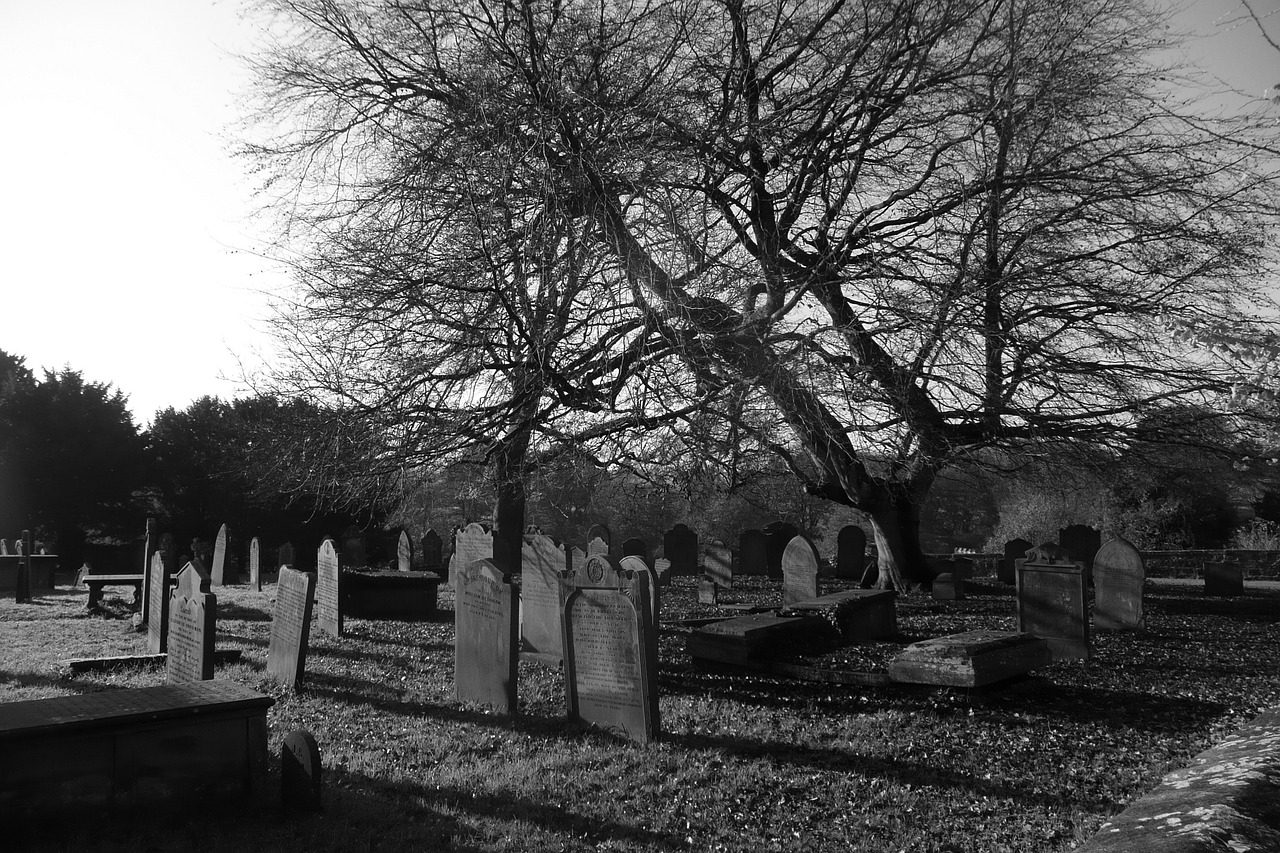
Green Burial Movement
The is a growing trend in the funeral industry that focuses on environmentally friendly burial practices. This movement advocates for alternatives to traditional burial methods that have a lower impact on the environment. One of the key aspects of the Green Burial Movement is the promotion of natural burials, where the body is interred in a biodegradable coffin or shroud directly into the earth, allowing for a more natural decomposition process.
In addition to natural burials, the Green Burial Movement also includes conservation burials, which involve the protection and preservation of natural landscapes as burial grounds. These conservation areas serve as both final resting places for the deceased and as sanctuaries for wildlife and plant life. By choosing a conservation burial, individuals can contribute to the conservation of natural habitats and support sustainable practices.
Another important element of the Green Burial Movement is the emphasis on using biodegradable materials for burial, such as caskets made from sustainable materials like bamboo, willow, or cardboard. These eco-friendly caskets decompose more easily than traditional coffins made of metal or hardwood, reducing the environmental impact of burial practices.
Furthermore, the Green Burial Movement encourages the use of natural grave markers, such as native plants or engraved stones, instead of traditional headstones made of granite or marble. This approach not only promotes the conservation of natural resources but also creates a more harmonious and natural memorial for the deceased.
Frequently Asked Questions
- What are some common cultural perspectives on death?
Various cultures view death as a natural part of life, with unique customs and traditions to commemorate the deceased. These perspectives often reflect the values and beliefs of the society, shaping how individuals approach the end of life.
- How do different religions view the afterlife?
Different religions have diverse beliefs about what happens after death. Concepts such as heaven, hell, reincarnation, and spiritual realms play a significant role in shaping the understanding of the afterlife in various faith traditions.
- What are some traditional burial practices?
Ancient burial customs and traditions passed down through generations offer insights into how traditional societies honor their dead. These practices not only commemorate the deceased but also serve to preserve cultural heritage and ancestral connections.
- What are modern trends in burial practices?
Contemporary approaches to death and burial include eco-friendly options like natural burials, cremation, and virtual memorials. These modern trends reflect a shift in societal attitudes towards death and the ways in which we honor and remember the deceased.
- What is the Green Burial Movement?
The Green Burial Movement advocates for environmentally friendly burial practices such as natural and conservation burials. By promoting sustainable alternatives to traditional burial methods, this movement aims to reduce the ecological impact of end-of-life practices.

